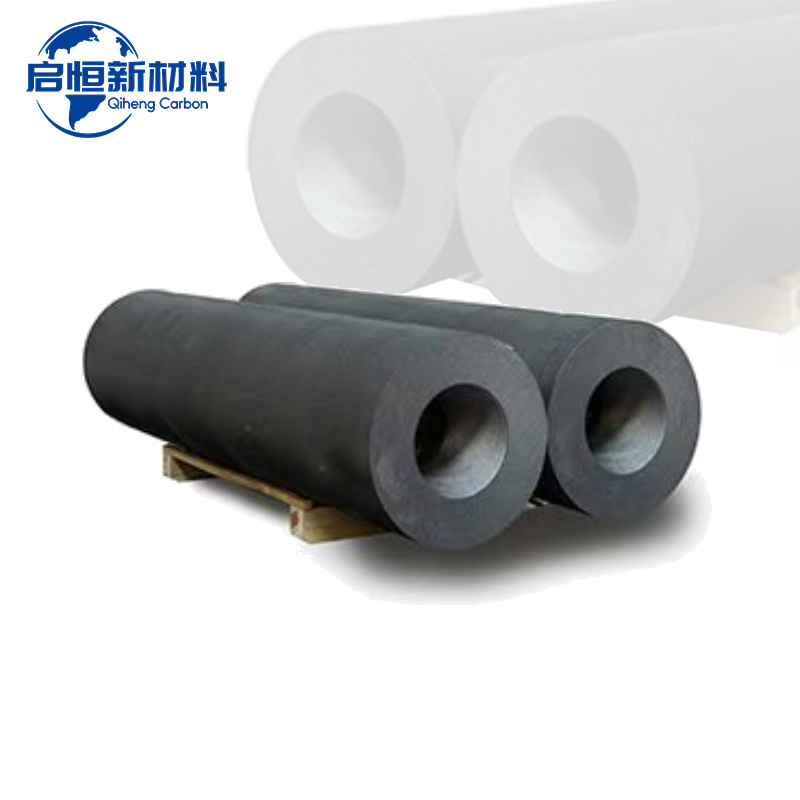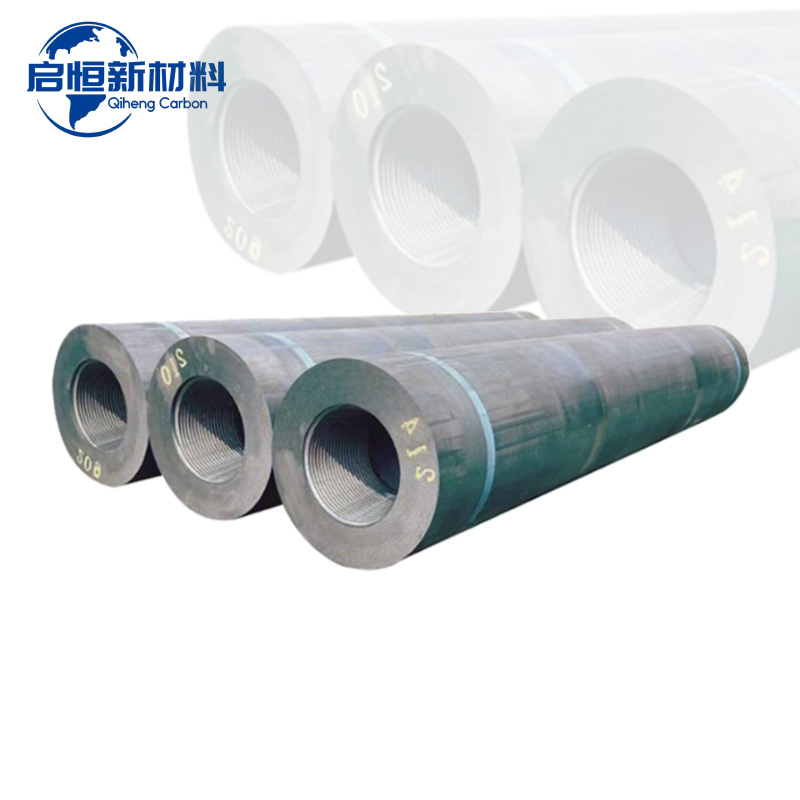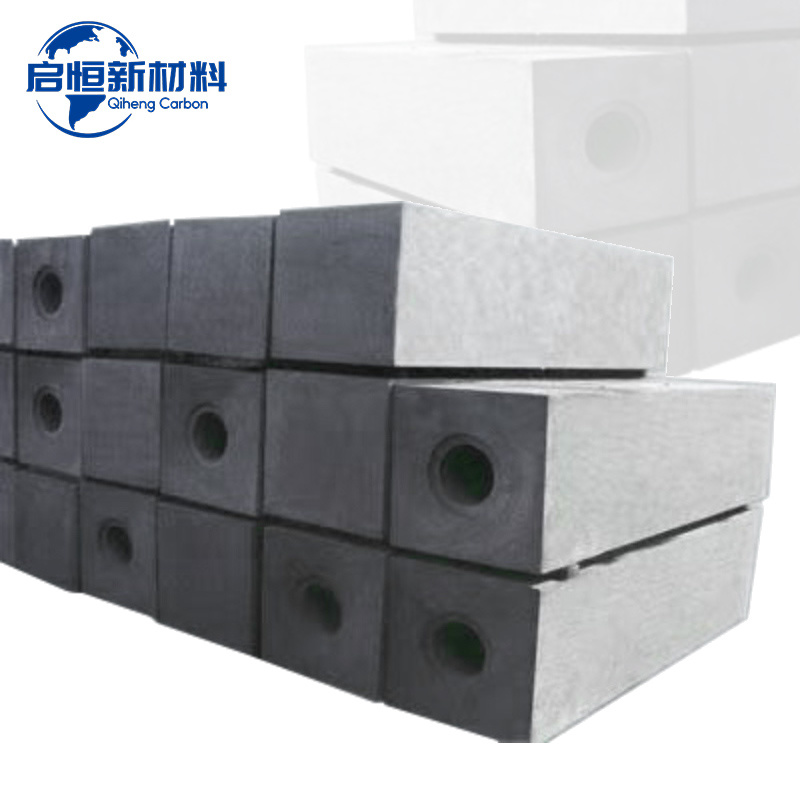Exploring Alternative Materials to UHP Graphite Electrodes in Metallurgy and Energy
Summary:
Exploring Alternative Materials to UHP Graphite Electrodes in Metallurgy and Energy
Table of Contents
1. Introduction to UHP Graphite Electrodes
2. Importance of UHP Graphite Electrodes in Industry
3. Challenges Faced by UHP Graphite Electrodes
4. Exploring Alternative Materials to UHP Graphite Electrodes
4.1 Silicon Carbide (SiC)
4.2 Copper-Based

Exploring Alternative Materials to UHP Graphite Electrodes in Metallurgy and Energy
Table of Contents
- 1. Introduction to UHP Graphite Electrodes
- 2. Importance of UHP Graphite Electrodes in Industry
- 3. Challenges Faced by UHP Graphite Electrodes
- 4. Exploring Alternative Materials to UHP Graphite Electrodes
- 4.1 Silicon Carbide (SiC)
- 4.2 Copper-Based Electrodes
- 4.3 Composite Materials
- 4.4 Carbon Nanotubes
- 4.5 Other Emerging Materials
- 5. Advantages of Alternative Materials
- 6. Applications of Alternative Materials
- 7. The Future of UHP Graphite Electrodes
- 8. Conclusion
- 9. FAQs
1. Introduction to UHP Graphite Electrodes
In the realm of metallurgy and energy, **Ultra High Power (UHP)** graphite electrodes play a crucial role. These electrodes are essential for electric arc furnaces (EAFs), commonly used in steel production and recycling. Their superior conductivity and thermal properties make them ideal for high-temperature applications. However, as industries evolve, the demand for alternative materials that can match or exceed the performance of UHP graphite electrodes continues to rise.
2. Importance of UHP Graphite Electrodes in Industry
UHP graphite electrodes are vital for various industries, particularly in producing steel and non-ferrous metals. Their high electrical conductivity and thermal shock resistance facilitate efficient energy use in EAFs. Moreover, the growing emphasis on sustainability and carbon emissions reduction has intensified the focus on improving electrode materials.
3. Challenges Faced by UHP Graphite Electrodes
Despite their advantages, UHP graphite electrodes come with significant challenges:
- Supply Chain Vulnerabilities: The production of UHP graphite electrodes relies heavily on natural graphite, which faces supply chain disruptions.
- Environmental Concerns: The mining and processing of graphite often lead to ecological degradation and high carbon footprints.
- Cost Fluctuations: The price of UHP graphite electrodes can be volatile, impacting long-term project budgets.
- Performance Limitations: In extreme conditions, traditional graphite electrodes may not perform adequately, leading to reduced efficiency and increased wear.
4. Exploring Alternative Materials to UHP Graphite Electrodes
Given the challenges associated with UHP graphite electrodes, several alternative materials are gaining traction. Let’s explore these alternatives in detail.
4.1 Silicon Carbide (SiC)
**Silicon Carbide** is a compound that has emerged as a promising alternative to UHP graphite electrodes. With its excellent thermal conductivity, high thermal stability, and resistance to oxidation, SiC can sustain extreme conditions in EAFs. Furthermore, its lower weight can enhance the overall efficiency of the operation.
4.2 Copper-Based Electrodes
**Copper-based electrodes** offer remarkable electrical conductivity, which can enhance the melting efficiency in EAFs. These materials can withstand higher temperatures than traditional graphite electrodes and show promising results in applications requiring high power density. Their ability to reduce the specific energy consumption makes them an attractive choice for metallurgical processes.
4.3 Composite Materials
**Composite materials**, particularly those that blend carbon with other elements, can be engineered to exhibit desired electrical and thermal properties. These materials can be tailored to specific applications, offering a versatile alternative to UHP graphite electrodes. Innovations in composite technology are leading to improved durability and temperature resistance.
4.4 Carbon Nanotubes
**Carbon nanotubes (CNTs)** have garnered attention for their exceptional strength and conductivity. When integrated into electrode designs, CNTs can significantly enhance performance. Their lightweight nature and ability to maintain structural integrity at high temperatures make them a compelling option for future developments in electrode technology.
4.5 Other Emerging Materials
Research is ongoing into various other materials, including **graphene** and **metallic alloys**, which show potential as alternatives to UHP graphite electrodes. The unique properties of these materials promise to overcome some of the limitations associated with traditional electrodes.
5. Advantages of Alternative Materials
The shift towards alternative materials offers several advantages:
- Environmental Sustainability: Many alternative materials are sourced or produced in a more environmentally friendly manner, reducing the ecological impact.
- Cost-Effectiveness: New materials can provide long-term savings by reducing energy consumption and increasing the lifespan of electrodes.
- Improved Performance: Alternatives can enhance the efficiency and effectiveness of melting operations, leading to better quality outputs.
- Adaptability: The ability to tailor composite materials for specific applications enables industries to optimize their processes.
6. Applications of Alternative Materials
Alternative materials to UHP graphite electrodes are being tested and implemented across various industries. Key applications include:
- Electric Arc Furnaces: Enhanced electrodes in EAFs can lead to improved melting efficiency and energy savings.
- Foundries: The use of composite and metallic alloy electrodes can improve casting quality and reduce defects.
- Metallurgical Processes: Innovations in electrode materials can streamline processes, leading to faster production times and better resource management.
- Renewable Energy Projects: New materials may play a role in advanced energy storage technologies and battery production, enhancing their performance.
7. The Future of UHP Graphite Electrodes
The future of UHP graphite electrodes and their alternatives is promising. As industries prioritize sustainability and efficiency, the demand for innovative materials will likely grow. Ongoing research and development are expected to lead to breakthroughs that will reshape the landscape of metallurgy and energy.
8. Conclusion
In conclusion, the exploration of alternative materials to UHP graphite electrodes holds great potential for industries reliant on steel production and energy. With the challenges posed by traditional electrodes, solutions such as silicon carbide, copper-based materials, and advanced composites are paving the way for a more sustainable and efficient future. As we continue to innovate and adapt, the transition to these alternatives will not only improve operational efficiency but also contribute to a more environmentally responsible industry.
9. FAQs
What are UHP graphite electrodes?
UHP graphite electrodes are specialized electrodes used in electric arc furnaces for steel production, known for their high conductivity and thermal tolerance.
Why explore alternatives to UHP graphite electrodes?
Alternatives are being explored due to supply chain vulnerabilities, environmental concerns, and the need for improved performance under extreme conditions.
What are the benefits of using silicon carbide?
Silicon carbide offers excellent thermal conductivity, high temperature resistance, and reduced weight, enhancing the efficiency of electric arc furnaces.
How do copper-based electrodes compare to graphite electrodes?
Copper-based electrodes provide superior electrical conductivity and can withstand higher temperatures, improving melting efficiency and reducing energy consumption.
What role do composite materials play in electrode technology?
Composite materials allow for customization in performance, combining desirable properties to meet specific application needs, and can enhance durability and efficiency in metallurgical processes.
Previous:
Focus On Hot Spots
RP Graphite Electrodes: Transforming Conductivity in Metallurgical Processes
RP Graphite Electrodes: Enhancing Conductivity in Metallurgical Applications
Table of Contents
1. Introduction to RP Graphite Electrodes
2. Understanding Graphite and Its Properties
3. The Role of RP Graphite Electrodes in Metallurgy
4. Benefits of Using RP Graphite Electrodes
5. The Manufacturing Process of RP Graphite Electrodes
6. Applications of RP Graphite Electrodes
The Essential Guide to Graphite Blocks in Metallurgy and Energy Industries
Graphite blocks are pivotal materials in the metallurgy and energy industries, particularly within the non-metallic mineral products sector. These blocks, made from natural or synthetic graphite, possess unique properties that make them suitable for a wide range of applications. One of the most notable characteristics of graphite is its excellent thermal and electrical conductivity. This property









